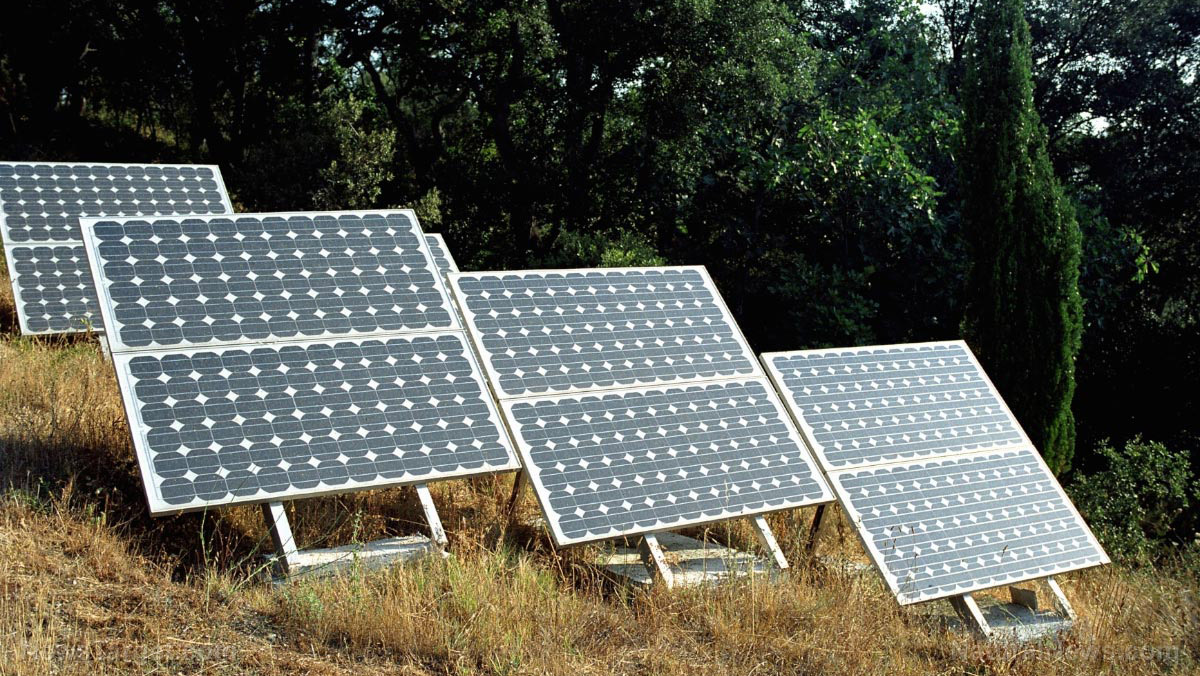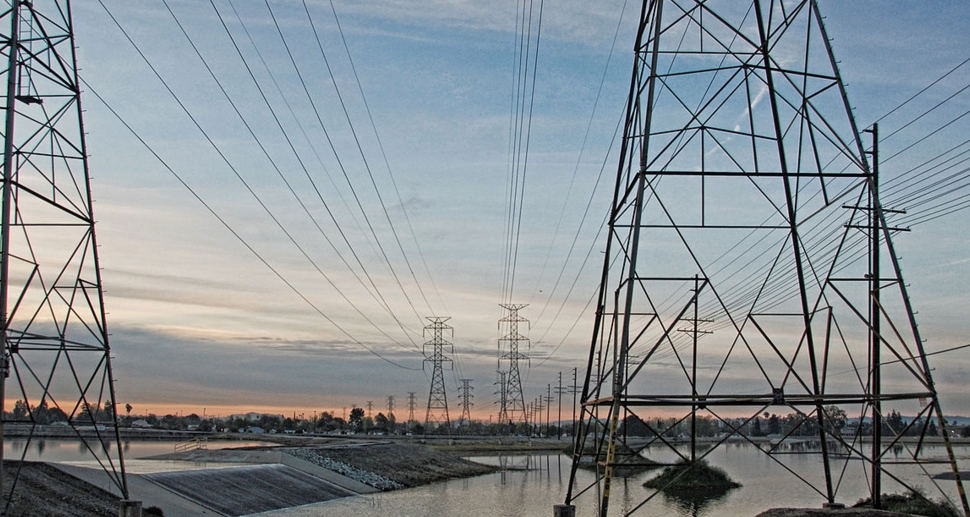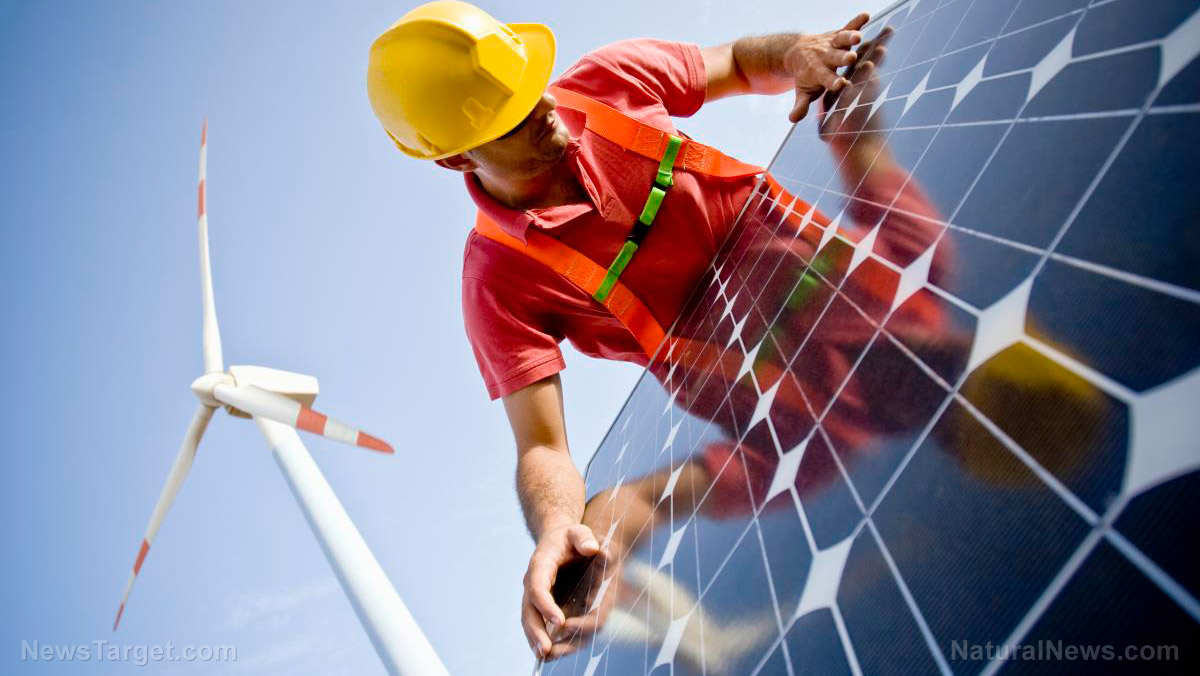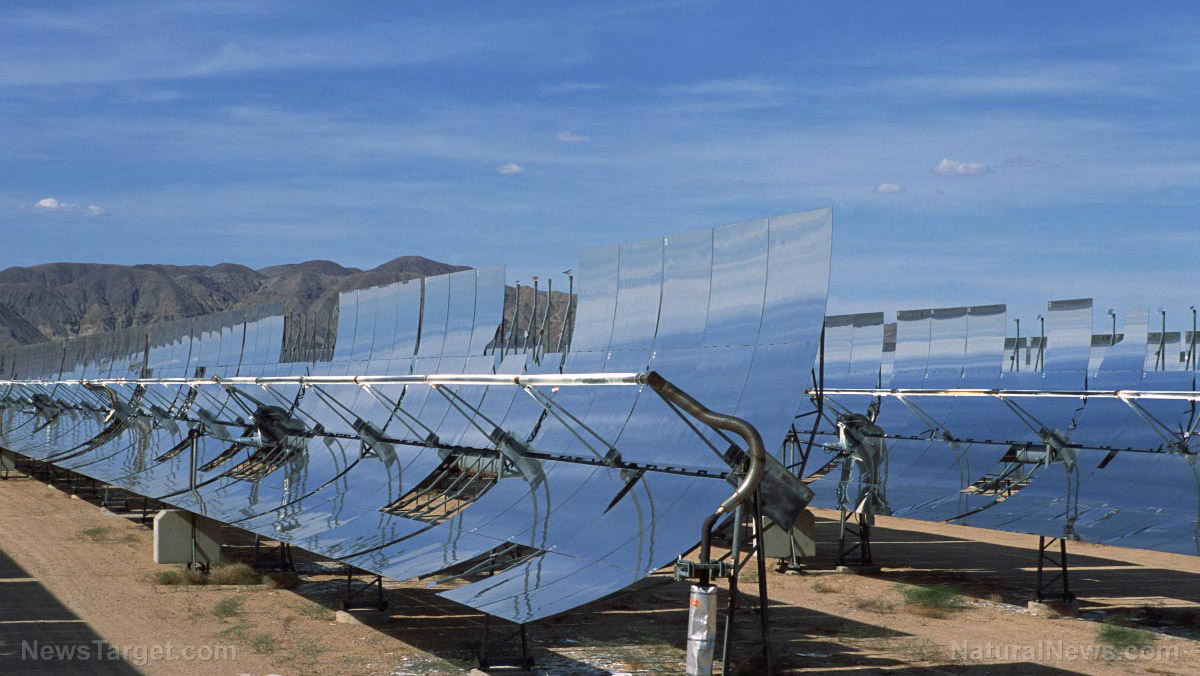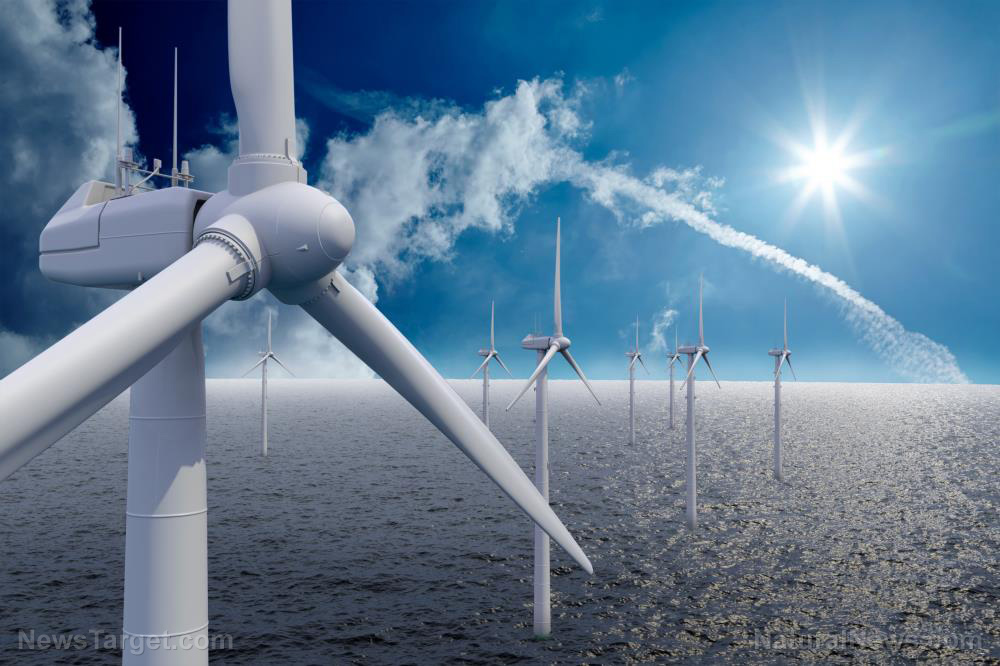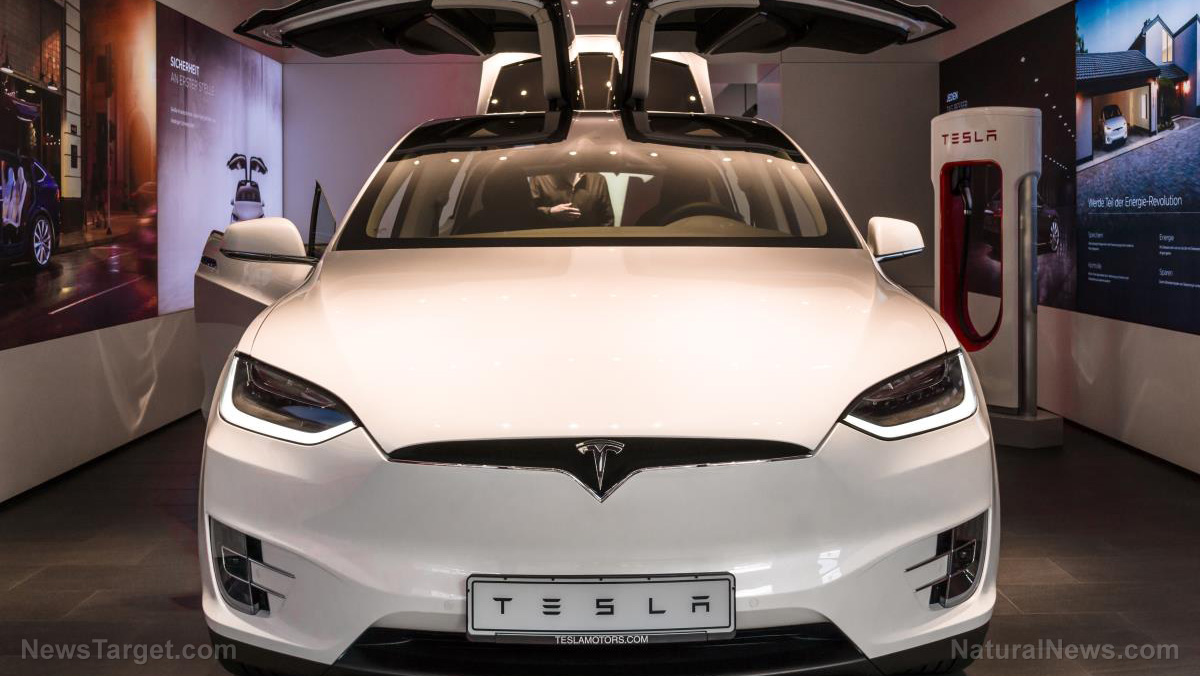Solar power is neither as clean nor as sustainable as environmentalists make it out to be
09/25/2020 / By Divina Ramirez

With Big Solar on the rise, experts fear that the world could be facing a solar panel waste problem. In 2019 alone, solar panel producers worldwide installed a whopping 114.9 gigawatts (GW) of new solar power, according to a recent report from the Paris-based organization International Energy Agency (IEA).
This figure corresponds to a 12 percent increase from 2018, with significant growth across all continents. In total, 2019 saw 629 GW of solar panels installed worldwide. It’s worth noting that environmentalists have been touting the shortsighted claim that solar power could offset the dreaded effects of so-called “climate change.”
But with solar fast becoming a popular source of power worldwide, and with proponents highlighting its purported potential to replace fossil fuels, experts now beg the question of how solar power proponents plan to dispose of those gigantic sheets of electronic waste. It turns out, the answer is a resounding silence.
The trouble with solar power and solar waste
In one of his recent articles online, Duggan Flanakin, a director of the Washington-based nonprofit group Committee For A Constructive Tomorrow (CFACT), underscored the growing problem of solar waste. While sunshine is free fuel, Flanakin added that harnessing it for human use isn’t.
In truth, solar is neither as clean nor as sustainable as it’s purported to be. While petrochemical and nuclear companies must come up with detailed plans for dealing with waste management, as well as accidents that might arise as a consequence of their operations, solar companies are not held to the same standards.
Quite the opposite, solar companies are often rewarded with massive subsidies to power their operations but without the threat of facing legal repercussions due to the improper disposal of panels. Customers are also not charged for waste cleanup, which further distorts the true cost of solar power.
Flanakin adds that Washington remains the only state with existing mandates for the proper reuse of used solar panels. Even California, which has the largest solar installations in the U.S., is still pushing for policies that seek to address solar waste, with no end in sight.
But while these measures are, without a doubt, a step in the right direction, other states need to follow suit before real change can occur. Without proper mandates for solar disposal, most of the panels will go to landfills, said Arizona State University solar researcher Meng Tao.
Once solar panels enter landfills, toxic components like lead can leach out as the panels break down, creating new health hazards. With a lack of policies regarding solar waste management, solar panels face a limited number of end-of-life procedures.
Moving forward with solar power
Problems with solar waste management do not diminish the benefits of solar power. (Related: Solar sector still growing: Solar power output rose 47% in the first three quarters of 2017, highlighting Trump’s support for clean power.)
Instead, the lack of policies and regulations in solar production highlights the shortcomings of both the government and producers – the government for not holding producers to mandated energy industry standards, and producers for placing the onus of proper waste disposal on their customers.
Without addressing these shortcomings, the problem of solar waste will continue to grow as more panels reach the end of their life and as newer ones enter the market, said Flanakin. But the good news is that it is not too late for countries to push for policies that address proper solar waste disposal.
For instance, countries like Japan and India are working on laws that aim to ensure solar panels are reused at the end of their life. Meanwhile, the European Union (EU) is funding a range of projects that show how solar panels can be repurposed, including for powering e-bike charging stations and housing complexes.
Read more articles about the pros and cons of solar power at SolarPanels.news.
Sources include:
Tagged Under: electronic waste, energy, environment, renewable energy, solar energy, solar power
RECENT NEWS & ARTICLES
Electricity.News is a fact-based public education website published by Electricity News Features, LLC.
All content copyright © 2018 by Electricity News Features, LLC.
Contact Us with Tips or Corrections
All trademarks, registered trademarks and servicemarks mentioned on this site are the property of their respective owners.




